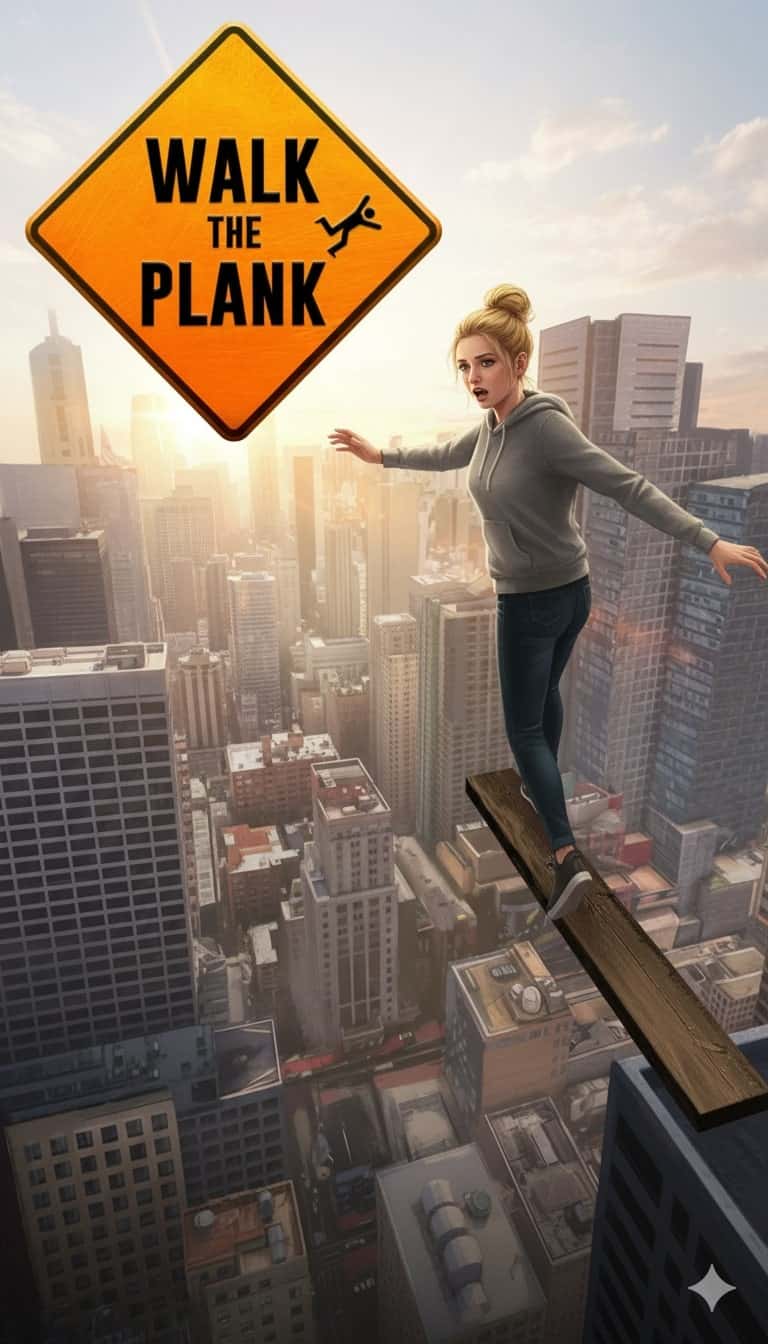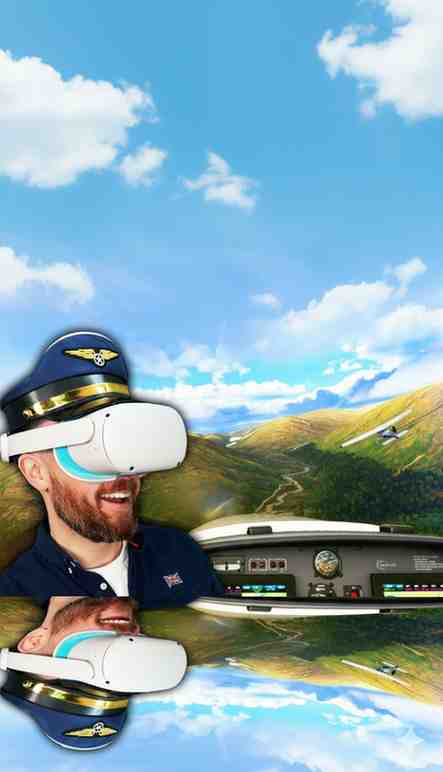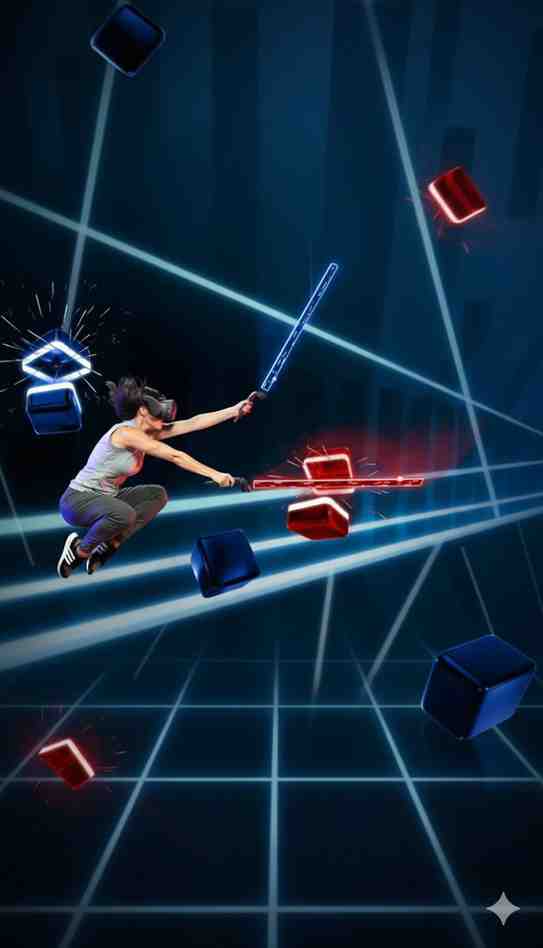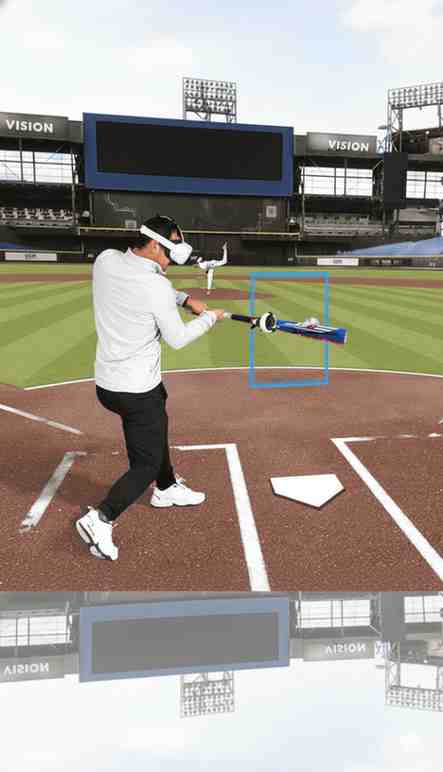Augmented reality ideas are redefining how businesses attract and engage visitors at trade shows and corporate events. In a world where every booth competes for attention, simple giveaways or flyers no longer cut it.
By incorporating AR Game Ideas, brands can create interactive event games that captivate attendees, increase visitor engagement activities, and, with innovative solutions from Twin Reality and their range of trade show booth games, ensure that people remember their booth long after the event ends.
VR and AR for Events: What Is That?
You might be wondering how AR and VR can help your booth stand out. Imagine walking through a trade show. Visitors are constantly looking for something that catches their eye. Traditional methods like freebies or pamphlets quickly become monotonous because every exhibitor is doing the same thing.
Now the question is: how do you make your booth different so people actually stop? That’s where augmented reality games for events and VR come in. Instead of simply showing visitors what you do, you let them experience it. This allows attendees to interact with your booth organically, creating a memorable experience.
Imagine someone using VR games or simulators where they explore your company’s operations or scanning an object with their phone to unlock an AR puzzle linked to your product. It’s fun, unique, and sticks in their memory long after the event.
augmented reality ideas:Engage Visitors at Trade Shows
Here are five of the most effective AR Games for Exhibitions that can turn curious visitors into leads:

Walk The Plank VR
Players wear a VR headset and find themselves on a narrow plank suspended hundreds of feet above the ground.
Why it works at trade shows:
Instant thrill: The sense of height draws curiosity.
Perfect for short plays: Each session lasts 1–2 minutes, ideal for crowded booths.
Highly shareable: Onlookers enjoy watching participants’ reactions.
Custom branding: Logos or product messaging can appear in the VR environment.

VR Flight Simulator
ChatGPT said:
Participants pilot a virtual aircraft through a simulated sky, completing challenges or flying through branded routes.
Why it works at trade shows:
High engagement factor: The thrill of flight attracts attention.
Short session times: Keeps booth traffic smooth.
Social sharing: Spectators love capturing participant reactions.
Brand integration: Flight paths, checkpoints, or environments can include company branding

VR Beat Saber
Players use VR controllers to slash colored blocks to the rhythm of music in a dynamic environment.
Why it works at trade shows:
Energetic and fun: Appeals to all age groups.
Spectator-friendly: Onlookers enjoy the visual excitement.
Custom branding: Event or company-themed backgrounds can reinforce messaging.
Short and repeatable: Sessions last only a few minutes, keeping visitors engaged and energized throughout.

VR Car Simulator
Visitors sit in a virtual racing seat and drive through custom tracks, city streets, or branded environments.
Why it works at trade shows:
Adrenaline-inducing: Racing games attract attention quickly.
Visual appeal: Racing setups draw crowds from afar.
Brand integration: Billboards, cars, and tracks can feature logos.
Competitive element: Leaderboards encourage repeat participation.

VR Baseball
Players swing at pitches in a virtual stadium using motion controllers or bat-shaped devices.
Why it works at trade shows:
High-energy fun: Engages participants instantly.
Spectator appeal: Onlookers enjoy watching the action.
Quick sessions: 1–2 minutes ensures smooth booth flow and consistent visitor engagement throughout.
Branding opportunities: Scoreboards and stadium elements can carry messaging.
Pros and Cons of AR Game Ideas for Events and Trade Shows
Implementing trade show engagement games comes with several advantages and challenges.
| Pros | Cons |
|---|---|
| Enhanced visitor engagement | High setup costs for VR/AR hardware |
| Memorable brand experiences | Technical glitches or connectivity issues |
| Data collection opportunities | Some attendees may struggle with controls |
| Social media buzz | Space limitations for large setups |
| Differentiation from competitors | Hygiene and maintenance of equipment |
By integrating best AR games for events, exhibitors can maximize engagement and ROI while providing attendees with a unique, shareable experience.
Best Practices for Using AR and VR Games
To ensure your interactive event games are successful:
Keep it short: Limit sessions to 1–2 minutes to maintain traffic flow.
Blend fun with brand storytelling: Tie challenges and environments to your products or services.
Use leaderboards and rewards: Competition and prizes boost repeat participation.
Make it spectator-friendly: Large screens showing the VR experience draw in crowds.
Ensure accessibility: Provide staff guidance, simple controls, and sanitize headsets between uses.
Capture leads: Collect basic information quickly before gameplay.
How to Measure Effectiveness
Monitoring the impact of AR booth games ensures your investment pays off. Key metrics include:
Visitor participation rates: Track how many attendees engage.
Time spent at booth: Longer interactions indicate interest.
Social media engagement: Posts, shares, and hashtags generated.
Lead generation: Number of contacts collected.
Feedback surveys: Attendee opinions to improve future events.
Conclusion
Augmented reality ideas are transforming AR Games for Exhibitions and trade show engagement games. They create immersive, memorable experiences that attract attention, encourage interaction, and leave lasting impressions. While challenges like costs and technical issues exist, careful planning and implementation ensure your booth stands out.
By combining interactive event games, event gamification ideas, and AR experiences for trade shows, you can create a booth experience that entertains, educates, and converts curious visitors into future leads. Invest in best AR games for events and watch your trade show become the one everyone talks about.
Also Read:Top 20 Advergames That Created Powerful Brand Impact


